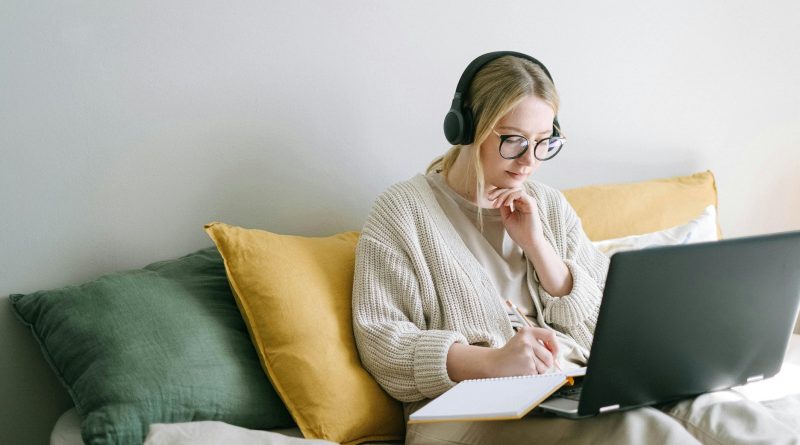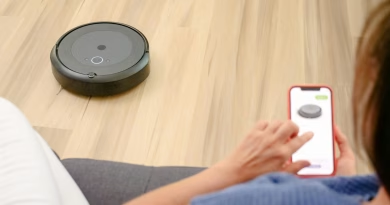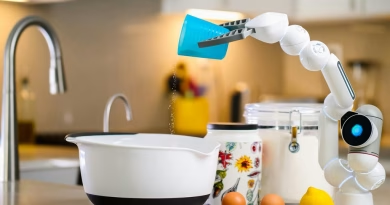Are Anti-Blue Light Glasses Still Worth It? I Tried 3 Pairs
We’ve all seen the ads: “Protect your eyes from blue light!” But in 2025, most of our screens already have night modes or built-in filters. So I wanted to find out — are anti-blue light glasses still helpful, or just overhyped?
I wore three pairs of blue light blocking glasses over a full workweek, averaging 8–10 hours of screen time per day. Here’s what changed (and what didn’t).
👓 The Glasses I Tested:
- J+S Vision Blue Light Shield Classic – ~$25
- Prospek Elite by Spektrum – ~$45
- TIJN Non-Prescription Blue Light Glasses – ~$15 (style-focused)
🧪 How I Tested Them:
- Wore each pair for 2–3 days straight
- Used across desktop, laptop, and phone
- Logged effects like eye strain, dry eyes, headaches, and sleep quality
👁️ 1. J+S Vision Blue Light Shield – Best for All-Day Use
- What I liked: Minimal color distortion, very comfortable nose fit
- Emma’s Take: These were the most balanced of the bunch. They reduced glare and screen sharpness just enough without messing up color accuracy. After 2 days, my late-day eye strain noticeably decreased.
Verdict: Great for students or office workers who stare at screens 6+ hours/day.
🧠 2. Prospek Elite by Spektrum – Best for Night Use
- What I liked: Slight amber tint, super lightweight, best for evening use
- Emma’s Take: These were intense — in a good way. The yellow tint really kicked in after sunset, and I found it easier to fall asleep after working late. The glasses also blocked out overhead light glare well.
Verdict: Ideal for gamers, coders, or anyone staring at screens past 10 PM.
💅 3. TIJN Fashion Frames – Best Style, Least Protection
- What I liked: Super stylish, affordable, Instagram-ready
- Emma’s Take: If you want something aesthetic and functional enough, these are solid. They cut glare and offer basic protection, but no noticeable change in how my eyes felt. More fashion than function — and that’s OK.
Verdict: Great for casual users or short work sessions. Bonus: they actually look good on Zoom calls.
👁️🗨️ Did They Actually Work?
Yes — but with caveats.
Here’s what I noticed:
- Slight but real reduction in eye fatigue during long sessions
- Fewer headaches near the end of the day
- Easier time falling asleep when using tinted lenses at night
However, don’t expect miracles. If your eyes are dry or strained, breaks, hydration, and good lighting matter just as much.
🧠 Emma’s Takeaway
Are blue light glasses still worth buying in 2025?
👉 Yes — if you work or study on screens for 6+ hours/day.
They’re not magic, but they do help — especially when paired with healthy screen habits.
My picks:
- Best value: 🥇 J+S Vision Shield
- Best night use: 🌙 Prospek Elite
- Best style: 😎 TIJN Frames




